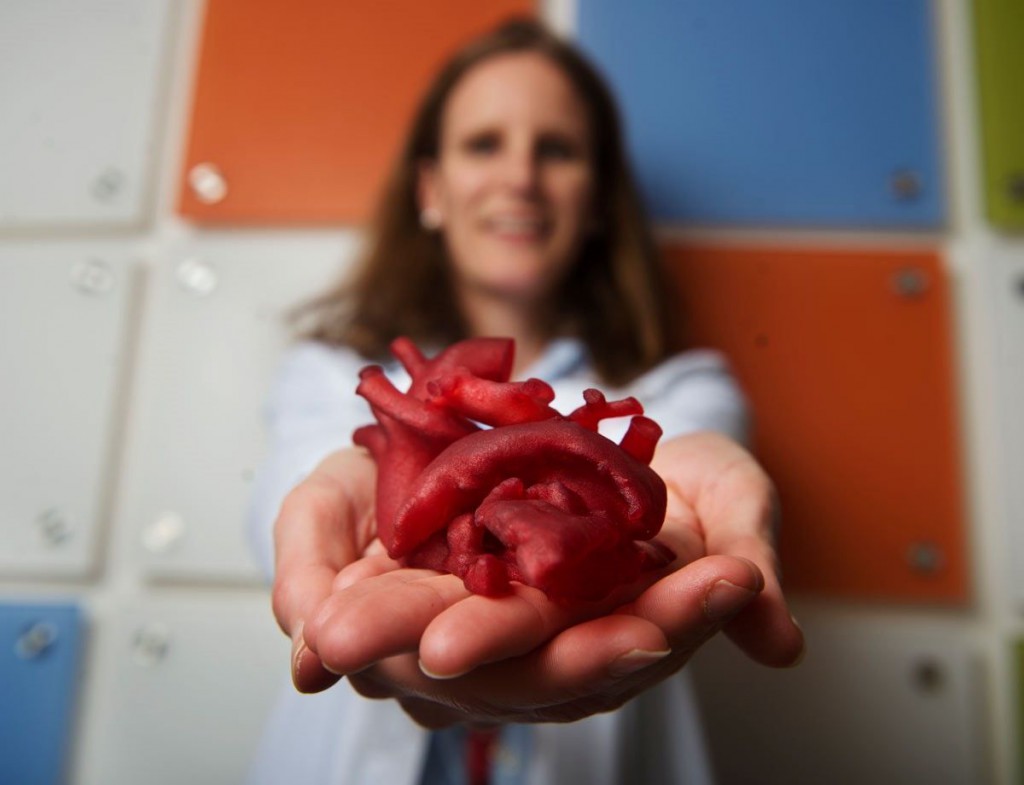Replicas of the human heart can now be used to help trainee surgeons in their education. These prostheses feature intricate details of the heart, including arteries and valves. A product of 3D printing, the hearts facilitate a mock operation, so trainees can go into the live operating theatre as surgeons armed with relevant clinical skills and confidence, in the future.
This is an effort of Richard Arm from Nottingham Trent University. The MSc Smart Design postgraduate is a researcher at the School of Architecture, Design, and the Built Environment. He created the model human hearts using silicone gel, which was blended in varying compositions to produce the hardness of the human heart. This research has garnered the support of the Ministry of Defence’s Royal Centre for Defence Medicine and the Queen’s Medical Centre in Nottingham.
According to Richard, as reported by The Telegraph, “Cardiothoracic surgery is one of the main life-saving treatments taught at medical schools around the world, but its teaching often relies on basic plastic models, which doesn’t necessarily provide a realistic learning experience.”
These prosthetic hearts with lifelike qualities could be used to teach advanced anatomy in a realistic learning environment, . These hearts are “so realistic that it could literally be ‘operated’ on,” adds Richard. Features of the 3D-printed hearts allow students to look inside the heart and also experience what it feels like to operate on one. There are plans to also pump artificial blood into the prosthesis for added authenticity.
Richard joins the ranks of researchers around the world who are trying to replicate the human heart for various health and medical reasons. Using 3D printing, model hearts could even become lifesaving in the future. Bioprinting, which is the process of creating human organs and tissues from cells is an offshoot of 3D printing. It aims to print parts of the human body to solve injuries and illnesses. From printing the pancreas to kidney and bone tissues, we are only years away for this process to become commonplace in the medical field.
The availability of prostheses like the human heart really enables medical education to advance to greater heights. This new approach in education enhances the competency of future physicians and surgeons, adding to 3D printing’s list of merits. And by enabling the replacement of human organs in regenerative medicine, this technology is at the forefront of innovation which could shape our future. We can rest assured – our doctors know what they’re doing.
Also read: This Guy Used 3D Printing To Specially Design A Ring For His Proposal
